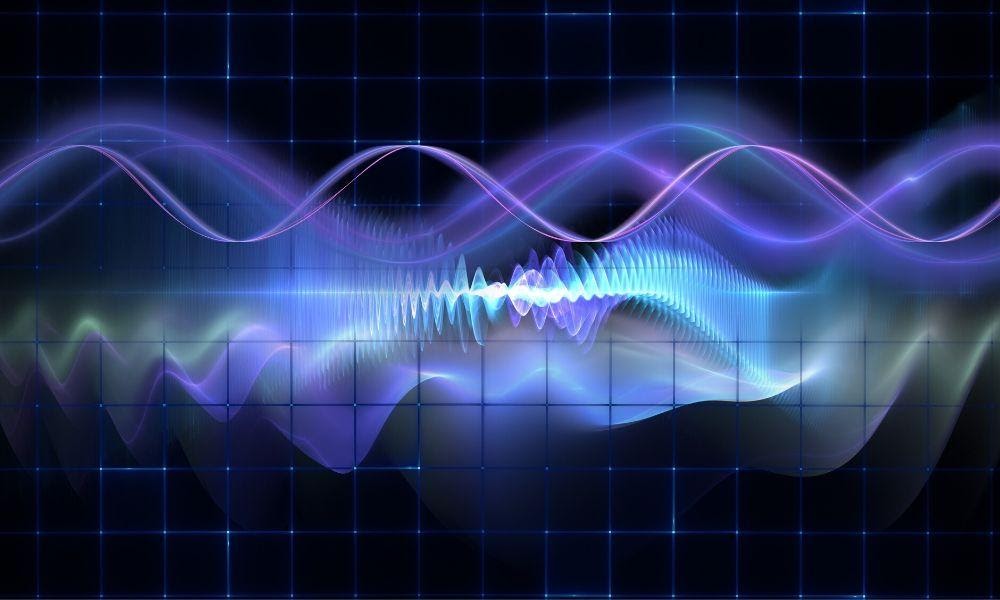How Electromagnetic Interference Works

Electromagnetic interference (EMI) is an odd phenomenon—it’s invisible, yet it greatly concerns device engineers everywhere. The intangibility of it makes EMI harder to understand than other concepts, and you may not even experience interference often in your life. To round out your knowledge of this complex subject, read this guide on how electromagnetic interference works.
EMI Defined
Put simply, EMI occurs when a source, often a device, emits electromagnetic waves at the same frequency as another device, thus limiting the second device’s function. These waves emit from every single electronic device due to the internal electrical circuitries that allow these devices to run.
Small electronics such as a laptop typically create relatively low amounts of EMI, whereas larger electronics with more comprehensive electrical circuits can create more EMI. While this is a simplified explanation of how EMI works, understanding how it manifests makes the phenomenon of EMI easier to comprehend.
Understanding EMI Categories
There are a few categories for discussing EMI: its sources, how it transmits, and its bandwidth.
EMI’s Sources
Perhaps the most intriguing category, in getting to know the sources of EMI, we can see that it doesn’t all come from devices. The three sources of EMI include other devices, but you also sustain EMI from natural sources such as the sun and some storms. And the last source, interestingly enough, is from the device’s own circuitry.
EMI Transmission
EMI waves don’t all transmit in the same way. The more intuitive method, radiation, occurs when devices are some distance from each other. One device radiates a signal through the air that then contacts another. Conducted EMI, on the other hand, travels along a physical medium, often a metal, and contacts another device that is also touching this medium.
EMI Bandwidth
EMI can also occupy varying bandwidths. Narrowband EMI, often coming from personal devices, WiFi routers, and other localized sources, occupies a limited frequency range. On the other hand, Broadband EMI, originating from a natural or significant continuous source of EMI, occupies a much larger frequency range.





